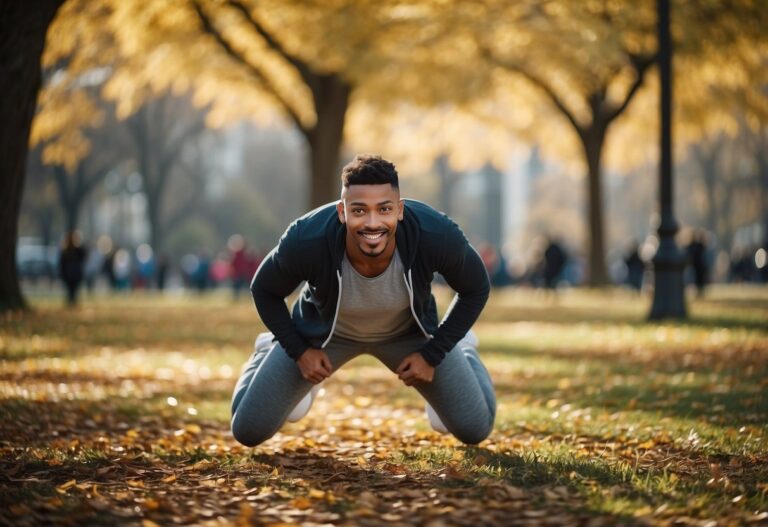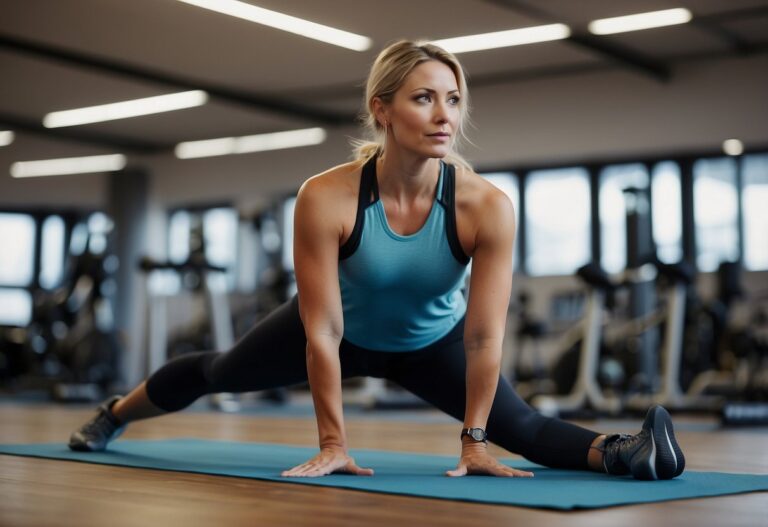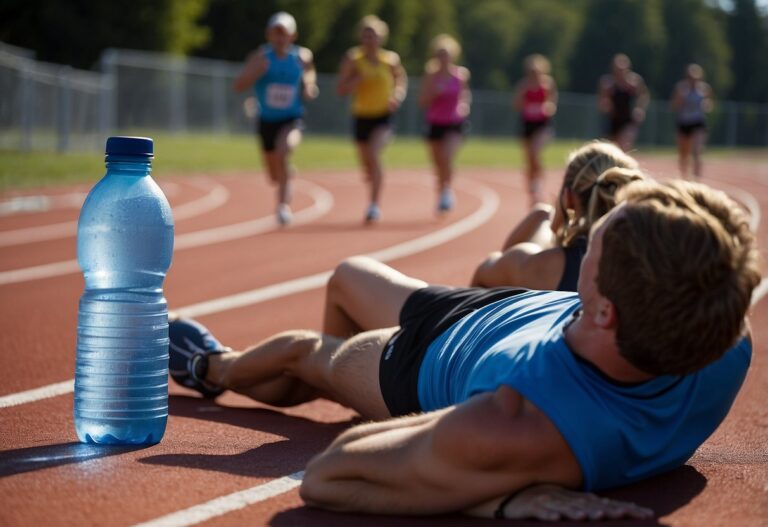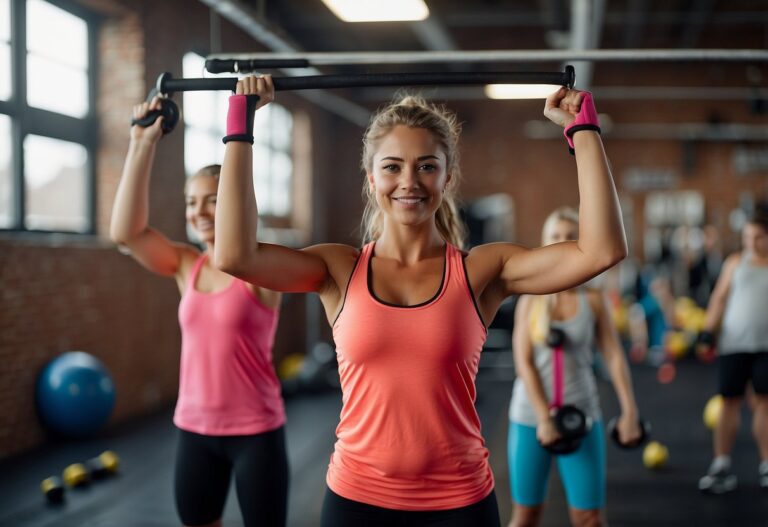If you’re a runner, you know that strong legs are crucial to your performance. Whether you’re looking to boost your speed, endurance, or reduce the risk of injury, focusing on leg workouts can make a big difference. Strengthening your legs can enhance your overall running form, leading to better results on the track or trail.
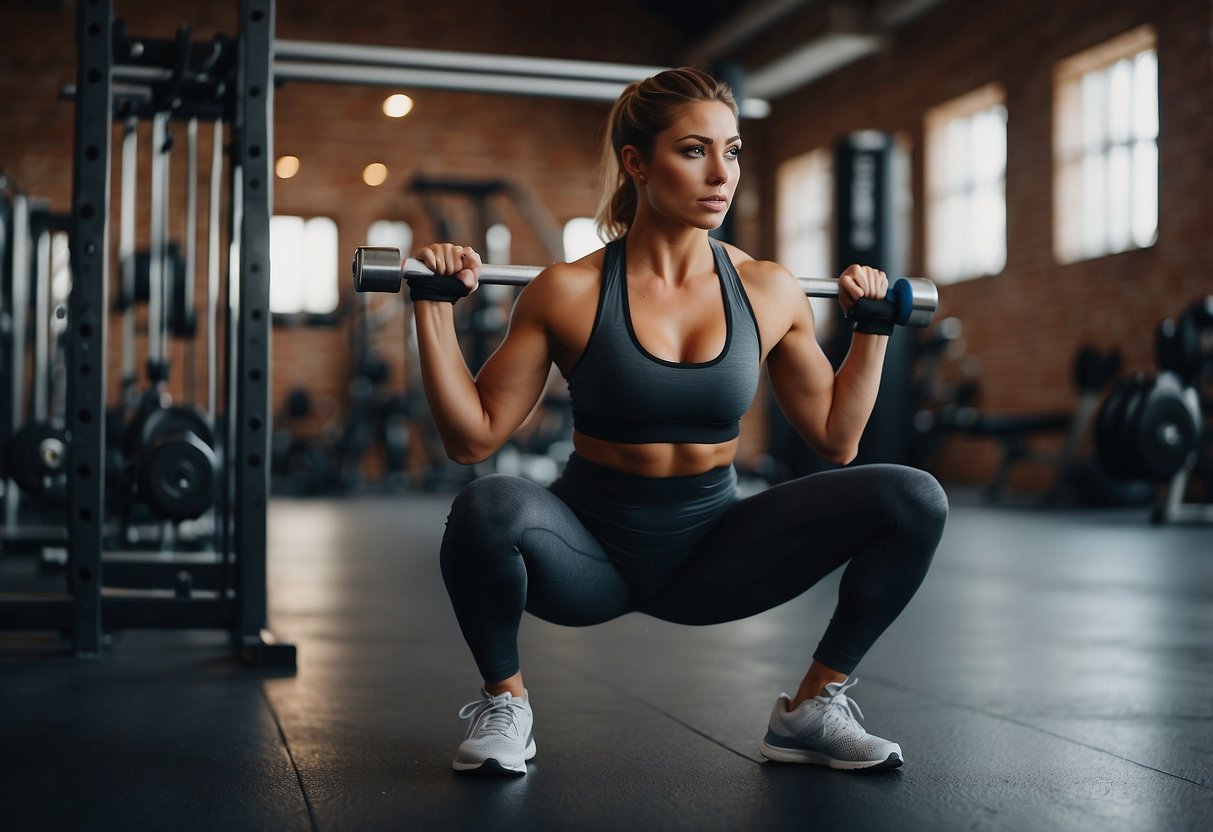
What are the best tips for effective leg workouts for runners? By incorporating targeted exercises into your routine, you can build the muscle and power necessary to tackle those long miles. Stay motivated and consistent, and you’ll soon notice improvements in your running experience.
Warm up with dynamic stretches
Warming up with dynamic stretches is crucial before any run. Dynamic stretches increase your heart rate and blood flow to your muscles, which helps to prevent injuries.
Try starting with leg swings. Stand next to a wall for balance, swing one leg forward and backward. Do this for 10-12 reps, then switch legs.
Walking lunges are also effective. Step forward with one leg, lower your hips until both knees are at a 90-degree angle. Alternate legs with each step.
Incorporate high knees into your routine. Run in place, bringing your knees up to hip level. This move wakes up your core and legs.
Finally, arm circles help loosen your shoulders and upper body. Extend your arms to the side and make small circles, then gradually make them larger.
By including these dynamic stretches, you’ll be better prepared for your run.
Incorporate lunges into your routine
Lunges are an amazing exercise for runners. They help improve strength, balance, and stability. To start, stand with your feet shoulder-width apart. Step forward with one leg, lowering your body until both knees are at a 90-degree angle.
Keep your chest up and your torso upright. This helps maintain good posture and protects your lower back.
Try variations like the curtsy lunge, where you step diagonally backward. This adds a different challenge to your muscles and improves flexibility. You can also improve hip flexibility and correct muscle imbalances by working each leg independently through unilateral exercises.
Single-leg squats for balance
Single-leg squats are great for improving your balance. Start by standing on one leg, keeping the other leg and your arms out in front. Squat down, bending your knee and sitting your hips back.
Make sure to keep your knee aligned over your foot and your back straight. It helps to focus on a single point in front of you to maintain balance.
As you get better, try to squat lower by gradually lowering your body closer to the ground. This not only increases the challenge but also builds strength and stability. Remember to switch legs and repeat the exercise for a balanced workout on both sides.
Use Resistance Bands for Strength
Resistance bands can seriously boost your leg strength. They’re great because they’re lightweight and portable. You can use them almost anywhere, whether you’re at home, in the gym, or even travelling.
One effective move is the squat with a resistance band. Loop the band around both legs just above your knees. Stand with your feet a little wider than hip-width apart, then squat down. This will really target your glutes and thighs.
Another good exercise is the incline glute bridge. Lie down with your feet on a chair and a band around your knees. Tilt your pelvis and lift your hips, squeezing your glutes. This helps build strength in your lower body.
Vary your workouts to keep things interesting. Try switching between high knees, sprints, and lunges. This way, you’re constantly challenging your muscles and improving your running performance.
Include Calf Raises
Calf raises are a fantastic exercise to strengthen your calf muscles. Stand on the balls of your feet on a step, letting your heels hang off the edge. Slowly rise onto your toes, hold for a moment, then lower back down.
Adding weight increases the challenge. Hold dumbbells in each hand or place a barbell on your shoulders while performing the raises. This helps build strength and endurance.
Try incorporating these exercises into your weekly routine. Aim for 3 sets of 12-15 repetitions, and consider resting for 45 seconds between sets. This can improve your running performance and reduce injury risk.
Focus on Hamstring Curls
Hamstring curls are essential for building strong and balanced legs. This exercise targets your hamstrings, helping to improve your running performance and reduce the risk of injuries.
Leg curls focus on strengthening the hamstrings while promoting muscle balance. Whether you use a machine or perform them on a mat, ensure you keep your movements slow and controlled.
Doing hamstring curls with proper form can make a huge difference. Make sure to keep your back flat and avoid arching. This helps in isolating the hamstrings effectively.
You might want to incorporate variations to keep things interesting and challenging. For instance, try lying leg curls or use a resistance band to add difficulty. This way, you can engage your muscles differently and avoid plateaus.
Try Step-Ups
Step-ups are great for leg strength. You can do this exercise almost anywhere, like on a park bench or a sturdy box.
Start by placing one foot on the step. Push through your heel and bring your other leg up to meet it. Stand tall, then step back down and repeat on the other side.
Step-ups improve balance and single-leg strength. This is important for runners since you are often on one foot. They also help boost power and endurance.
Want to know more? Check out these step-up exercise tips for a detailed guide.
Don’t Neglect Hip Flexor Exercises
Your hip flexors play a crucial role in your running performance. Keeping them strong can help you avoid injuries and improve your overall speed and stability.
Exercises like hip abductions can really make a difference. Start with simple moves and build up over time.
Incorporate moves such as knee drives and weighted lunges into your routine. These target not only your hip flexors but also your glutes and hamstrings, offering a well-rounded benefit.
Staying consistent with these exercises can help you run more efficiently and with greater comfort.
Incorporate Plyometric Exercises
Incorporating plyometric exercises can significantly boost your running performance. These exercises involve explosive movements that increase power and speed.
Jump squats are a great starting point. Stand with your feet slightly wider than hip-width apart, squat down, and then jump up as high as you can. This helps develop leg strength and explosive power.
Try single-leg jump rope to improve your balance and stability. Jump with one foot at a time, switching legs after every few jumps. This exercise enhances your coordination and leg endurance.
Depth jumps are another effective plyometric exercise. Start by standing on a one-foot-tall box and jump down to land in a squat position. This trains your body to use elastic energy, improving your forward propulsion while running.
Include Foam Rolling in Recovery
Using a foam roller after your runs can do wonders for muscle recovery. Foam rolling helps to release muscle tightness and improve blood flow.
Sit on the floor with your legs out and the roller under your thighs. Lift your hips slightly and roll from just below your hip to above your knee.
Spend about 30-60 seconds on each muscle group. It should never cause pain or bruising. Start with gentle pressure and increase it if it feels comfortable.
Foam rolling can also help with flexibility, making your muscles feel looser and more relaxed. Explore different techniques and find what works best for you.
Fundamental Strength-Building Exercises
To improve your running performance, focusing on key strength-building exercises is essential. The exercises below target primary muscle groups that play a crucial role in your running form and endurance.
Squats
Squats are a powerhouse move for building leg strength. They engage your quadriceps, hamstrings, glutes, and core. Starting with your feet shoulder-width apart, tighten your core muscles.
Lower your body as if sitting back into a chair, keeping your knees behind your toes. Aim for your thighs to be parallel to the ground. This ensures that your muscles are being worked effectively.
Squats can be done with or without added weights. For added intensity, hold a barbell across your shoulders or dumbbells at your sides. Remember to maintain good form to prevent injury and get the most out of this exercise. Squats not only build strength but also improve balance and flexibility, which are vital for any runner.
Lunges
Lunges are excellent for targeting the lower body muscles. They focus on the quadriceps, hamstrings, glutes and help in improving balance and coordination. To perform a lunge, stand with your feet together. Take a big step forward with one foot, lowering your hips until both knees are bent at a 90-degree angle.
Ensure your front knee is directly above your ankle. Push back to the starting position using your front leg’s heel. Lunges can be varied by stepping backward or to the side, offering a comprehensive workout.
Adding weights, such as dumbbells, can increase the intensity. Lunges help in muscle stability and endurance, essential for maintaining good form over long runs.
Deadlifts
Deadlifts are crucial for strengthening your hamstrings, glutes, and lower back. Start with your feet hip-width apart. Hold a barbell or dumbbells in front of you, with your knees slightly bent.
Hinge at your hips to lower the weights, keeping your back straight and core engaged. Lower until your torso is almost parallel to the ground, then return to the starting position by driving through your heels.
This exercise is powerful for building posterior chain strength, which is critical for sprinting and maintaining posture during long runs. Deadlifts also teach you how to engage your core and maintain proper alignment, reducing the risk of lower back injuries.
Incorporating these fundamental exercises into your routine will significantly enhance your leg strength and overall running capability.
Improving Explosive Power
Building explosive power in your legs is essential for runners who want to improve their speed and agility. This involves integrating specific exercises into your workout routine that focus on strength and speed.
Plyometric Drills
Plyometric exercises are fantastic for developing explosive power. These are jumping exercises that help your muscles generate more force in less time. High knee drills are a great example. To perform them, run in a straight line, driving your knees as high as possible. Complete three sets of 30-metre efforts with a minute of rest in between.
Another effective drill is bounding, which mimics running but with exaggerated strides. Focus on height and distance in each step, almost like you’re leaping between steps. This drill activates your glutes and quadriceps, promoting greater leg power.
Box Jumps
Box jumps are another powerful tool for enhancing leg explosiveness. All you need is a sturdy box or platform. Start by standing in front of the box with your feet shoulder-width apart. Bend your knees slightly, then jump onto the box, using your arms to help lift your body.
The key is to land softly on the box to reduce the impact on your joints. Step down carefully and repeat for 3 sets of 8-10 jumps. This exercise strengthens your calves, hamstrings, and glutes, crucial muscles for propelling you forward during a run.
Variations can include increasing the height of the box as you progress, or incorporating a forward jump to a lower box followed by a jump to a higher box to add complexity.
Maximising Endurance

To maximise your running endurance, focus on building core stability and incorporating isometric holds in your training. These exercises help improve posture, stability, and muscle endurance, which are crucial for long-distance running.
Core Stability Work
Strengthening your core is key to maintaining good form during long runs. Core stability exercises, such as planks and bridges, can help improve your running efficiency. Planks are simple but effective; hold a straight line from head to heels while balancing on your forearms and toes. Start with 30-second planks and gradually increase the time as your strength improves.
Bridges also boost your core. Lie on your back with knees bent and feet flat on the ground. Raise your hips to form a straight line from your shoulders to your knees, holding for a few seconds before lowering. These moves not only strengthen your core but also stabilise your hips, reducing injury risk. Incorporating these exercises into your routine can lead to noticeable improvements in your endurance.
Isometric Holds
Isometric holds are another effective way to build endurance. They involve holding a muscle contraction without changing the muscle length. Wall sits are a great example. Stand with your back against a wall, slide down until your thighs are parallel to the ground, and hold this position. Aim for 30 seconds to start, then increase the hold time as your stamina improves.
Another beneficial isometric hold is the static lunge. Step one foot forward into a lunge position and hold, keeping both knees at a 90-degree angle. This exercise targets your leg muscles and improves stability.
Integrating isometric holds into your workouts will enhance muscle endurance, leading to better performance during long-distance runs.


